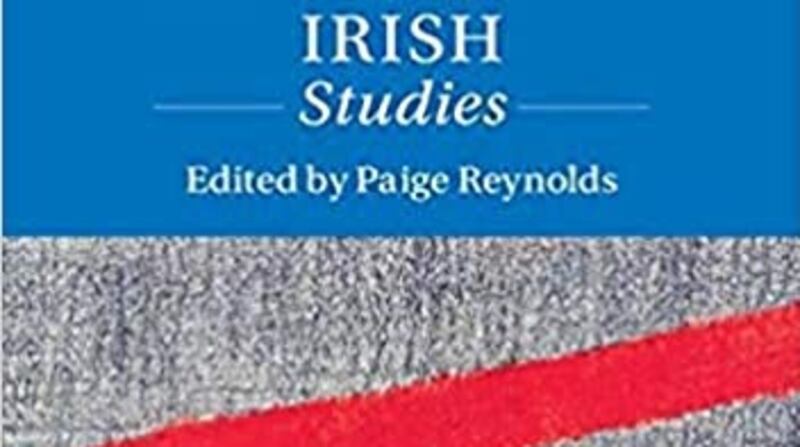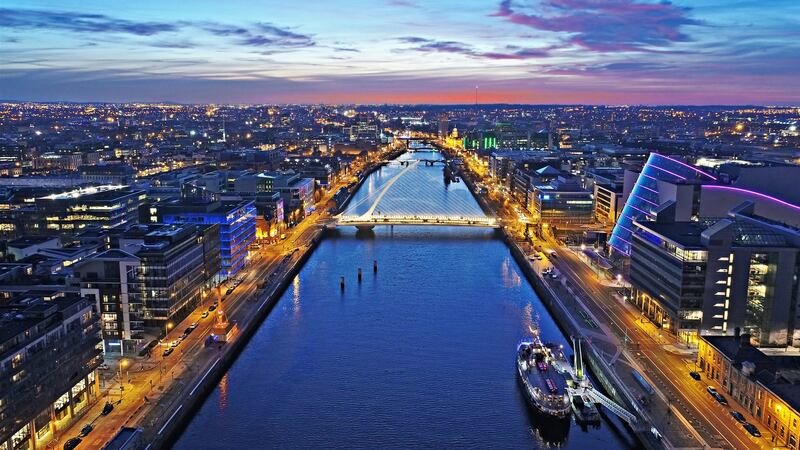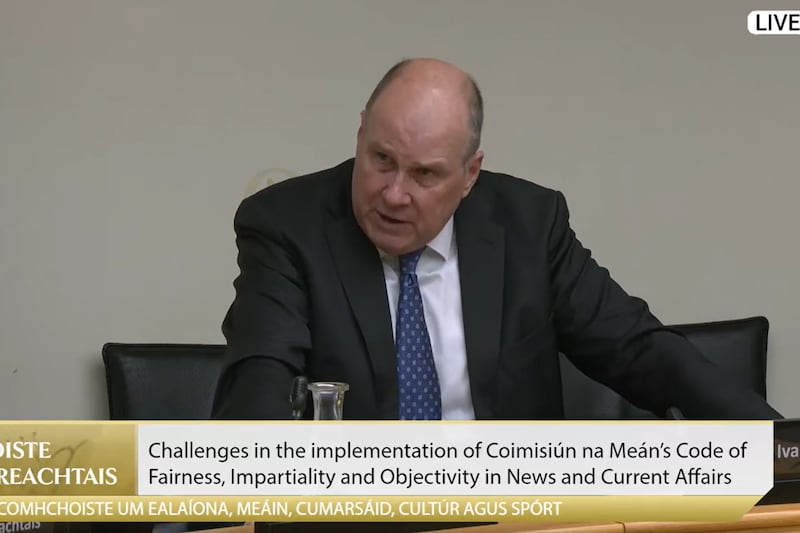We all have our own lockdown distractions, from online yoga to Zoom quizzes and baking banana bread. Writing about the pandemic’s impact on the study of Irish culture may seem a more minority pursuit, but, in June 2020, Malcolm Sen sat down to pen An ordinary crisis: Sars-CoV-2 and Irish Studies, which closes the Routledge International Handbook of Irish Studies.
Reflecting on how “pandemics, like famines, are not simply biological crises with pharmaceutical or economical solutions”, Sen’s rich chapter has an extraordinary and immediate purchase on the present. And the collection as a whole, along with Paige Reynolds’s The New Irish Studies, offers an unmissable opportunity to consider the state of an energetic and vibrant field of scholarship in the context of what may prove a transformative moment.
In place of older markers (Union, Great Famine, war, the Troubles), the editors of these books review the current state of Irish studies from fresh vantage points. For the editors of the Routledge Handbook, this means the end of the Celtic Tiger in 2008; for Reynolds it is the repeal of the Eighth Amendment on May 25th, 2018.


These choices come with consequences: the Handbook takes a broad and deep sociopolitical approach to a culture characterised by economic upheavals and ongoing crises while Reynolds places her faith in a longer arc of progressive changes provoked and witnessed by literature and cinema. Neither collection turns its back on the past, and both offer a calibration of the new that proceeds in pace with a weighing and sifting of the old.
Guy Beiner’s chapter on disciplinary formations among Irish historians defends the precociously interdisciplinary methods of 18th- and 19th-century antiquarians, early adopters of what is now called memory studies. Mike Cronin speculates on Irish commemorations and their future: what will the 2060s make of our present and “Will the centenaries, and the history they celebrate, seem inconsequential as Ireland grapples with a half-century of repercussions from the Irish economic collapse into generational indebtedness?”
In The New Irish Studies, Reynolds reflects on her own mediated access to Irish culture across representations, conversations and chance encounters. Her opening reflections on “real-time access provided by media and digital technologies” give her introduction punch: written as the knowing reflections of a US-based scholar at a distance from the culture she studies, they read now as a commentary on an experience we all share – enforced separations as we watch worlds unfold on screen.
In fact, all of the editors of these two books are employed by US universities, and all seek to find ways of introducing international students and researchers to a rapidly moving cultural, political and historical present while grounding those understandings in an apprehension of the past.
In the Routledge International Handbook, Liam Kennedy’s discussion of the persistence of Irish-American identities (“a stage of late generation ethnicity, no longer fuelled by new emigrants”) might be construed as an invitation to undergraduate readers in the US to situate their responses to Irish culture within broader patterns. Both collections house a striking openness to a range of political positions across colonialism and postcolonialism, migration and citizenship, sexuality, biopolitics and environment.
Ironies and tensions are inescapable: everywhere, the New Irish Studies shines a light on the contrast between the poverties of our present society and the richness of our literature. Margaret Kelleher insists that commemoration must come with “awkward questions” about inclusion and diversity, while an analysis of work by migrant artists prompts Charlotte McIvor to call for better funding and improved material infrastructures.
In Intimations, the collection of essays written and published by Zadie Smith during the first wave of Covid lockdowns, she remarked that “there is no great difference between novels and banana bread”; both, she said, help to fill up and demarcate chunks of time.
The Routledge International Handbook of Irish Studies and The New Irish Studies do indeed call up limits, but they also make time in particular ways, carving out their own chronologies and shaping history on unexpected scales. In the process, they enlist to their aid not only novels but poems, plays, historical events, performances, paintings, media, sport, buildings, music, animals, sexualities, emotions, environments and disabilities.
The diversity of views expressed within these volumes may disturb readers nostalgic for a mode of literary or historical scholarship that was able to name and call out known enemies, whether a heartless empire, greedy landlords, a cruel church or the capitalist marketplace. And aspects of both books, with their repeated insistence on the heterogeneity of Irish culture, might be accused of falling into what Reynolds terms a “liberal fantasy” of difference and multiplicity.
Still, I would rather understand these new critical dynamics as riveted to ground that is shifting beneath our feet, guiding us towards fuller understanding of a vital and unrelenting culture on the move.
















